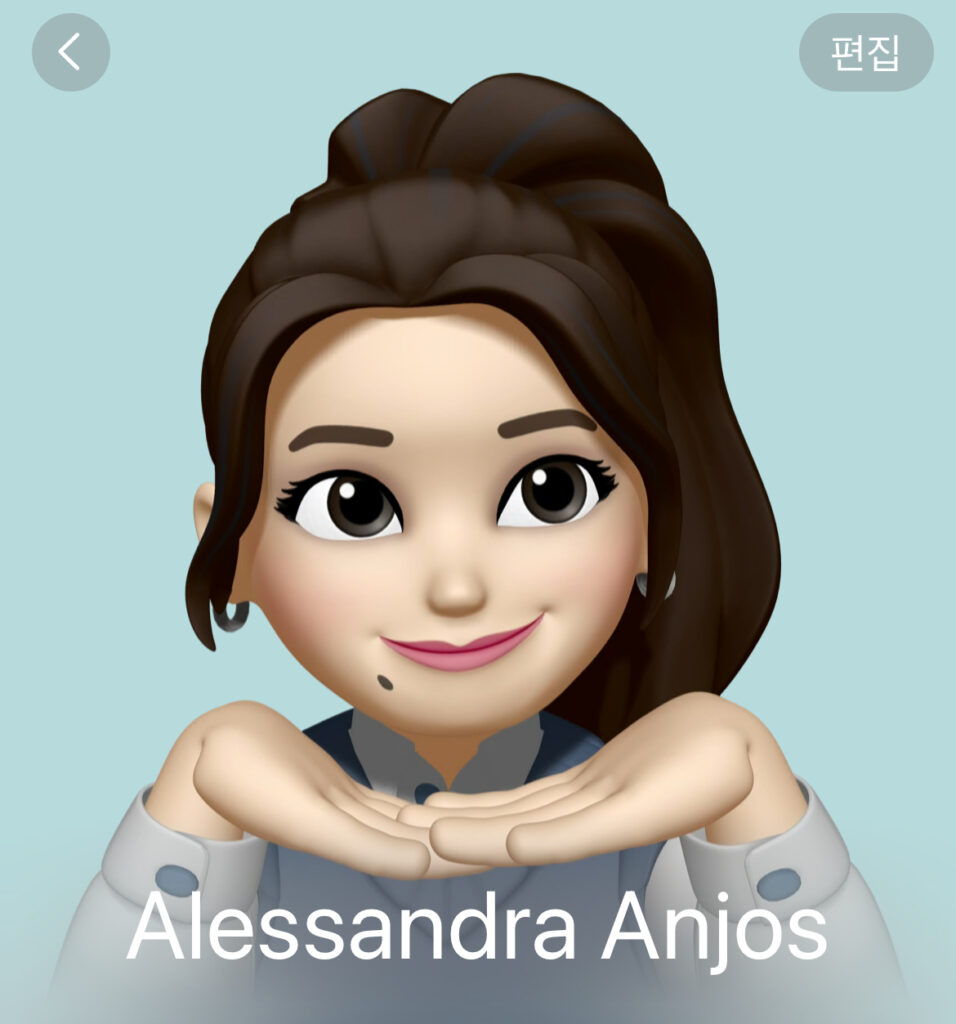Ever wondered about the etiquette and interesting traditions surrounding Korean meals? Look no further! This post will delve into the world of Korean table settings, utensils, and the symbolic meaning behind them.
Setting the Scene: Bowls, Spoons, and Chopsticks
A traditional Korean table is a feast for the eyes. The rice bowl takes its rightful place on the left, while the soup bowl sits on the right. This placement might seem counterintuitive at first, but it becomes clear when you factor in the utensils. Koreans use both spoons and chopsticks, each with a designated purpose.
The spoon tackles the hot soups and stews so prevalent in Korean cuisine (think kimchi jjigae or doenjang jjigae), while the chopsticks come into play for the many side dishes featuring chopped or sliced ingredients like kimchi or japchae.
But before you dig in, there’s a key point to remember: respect for elders comes first. Everyone waits patiently until the eldest person at the table picks up their spoon or chopsticks. It’s a small gesture that embodies the importance of family and tradition in Korean culture.
Yin and Yang on the Table
Did you know that even the utensils themselves hold symbolic meaning? The round spoon is seen as representing yin, the feminine principle, while the straight chopsticks embody yang, the masculine principle. This harmonious balance reflects the overall philosophy of Korean cuisine, which emphasizes the importance of complementary flavors and textures.
Counting the Cheop: A Measure of Abundance
The size and formality of a Korean meal are often measured by the number of “cheop.” Cheop refers to the small dishes used for side dishes. A basic 3-Cheop table might feature a vegetable dish, a grilled protein, and some pickled vegetables. But don’t be fooled by the seemingly small number! Remember, this doesn’t include the rice, soup, kimchi, stew, and sauces, which are all served alongside. So, even a 3-Cheop table promises a delightful and flavorful spread.
As the number of cheop increases, so does the formality and variety of dishes. A 12-Cheop table, called a Surasang, was once reserved for royalty and is a truly extraordinary display of Korean culinary tradition.
So next time you sit down for a Korean meal, take a moment to appreciate the unique table setting, the designated purpose of each utensil, and the cultural significance behind it all. It adds a whole new layer of appreciation to the delicious experience!




